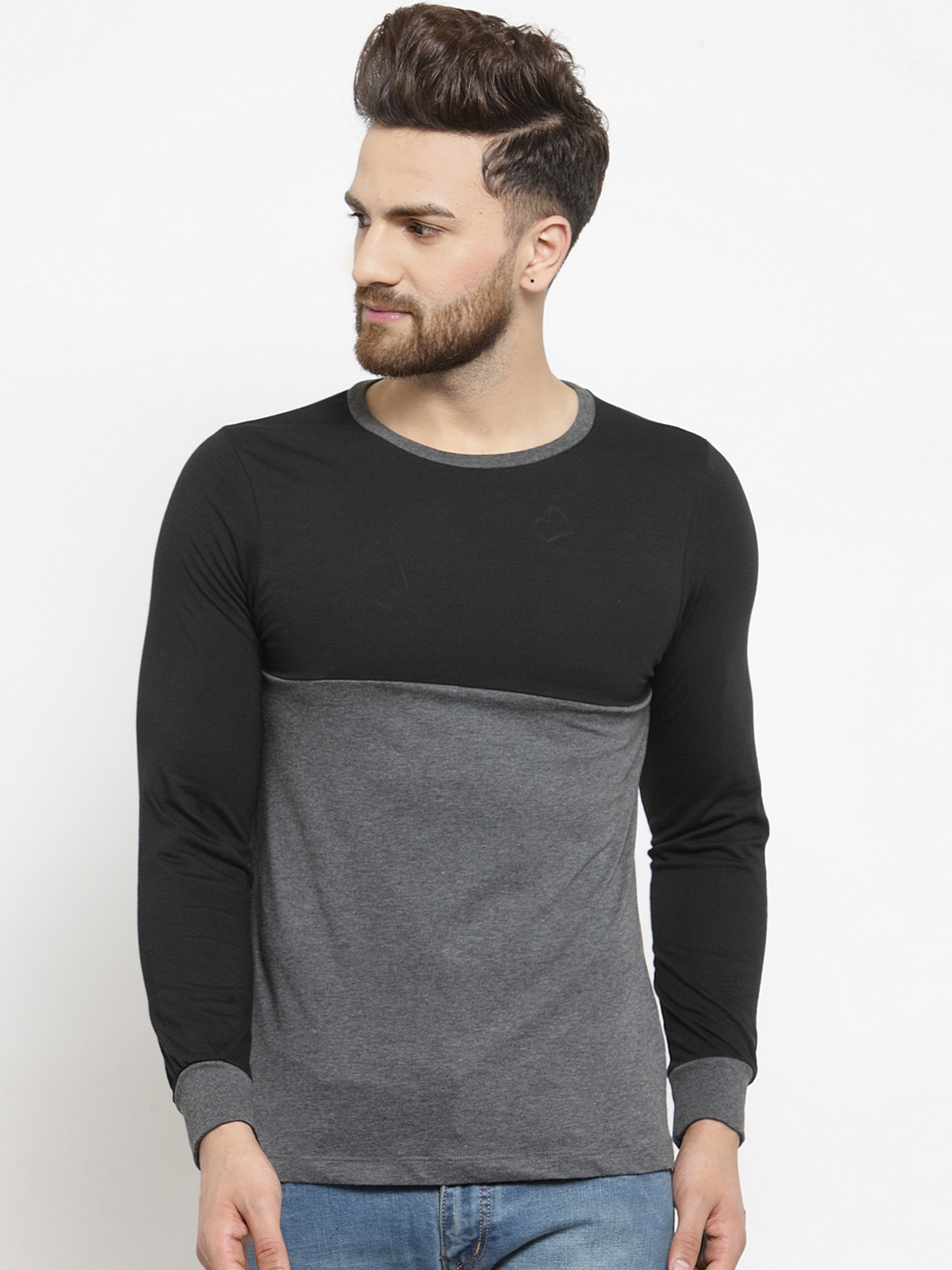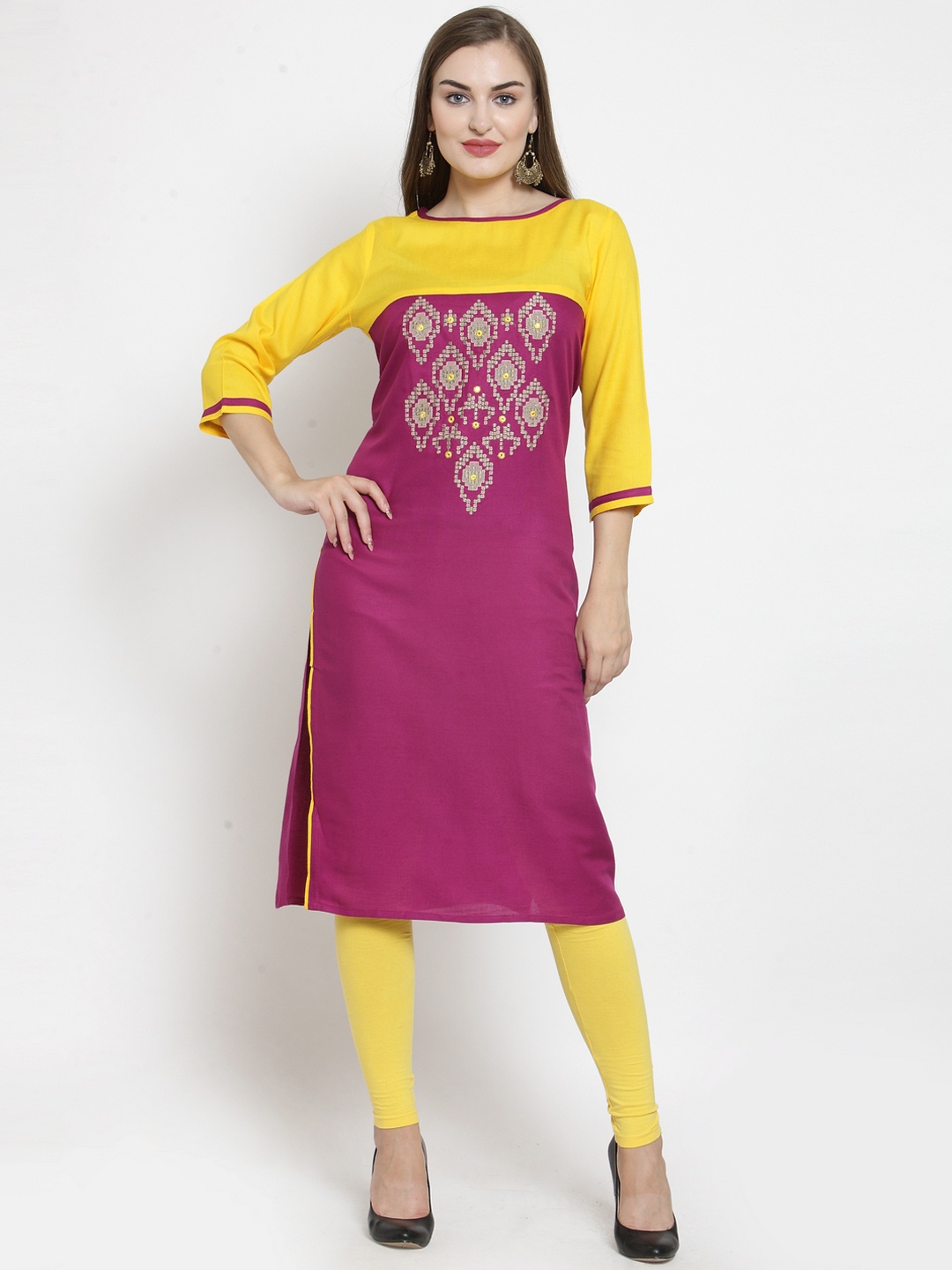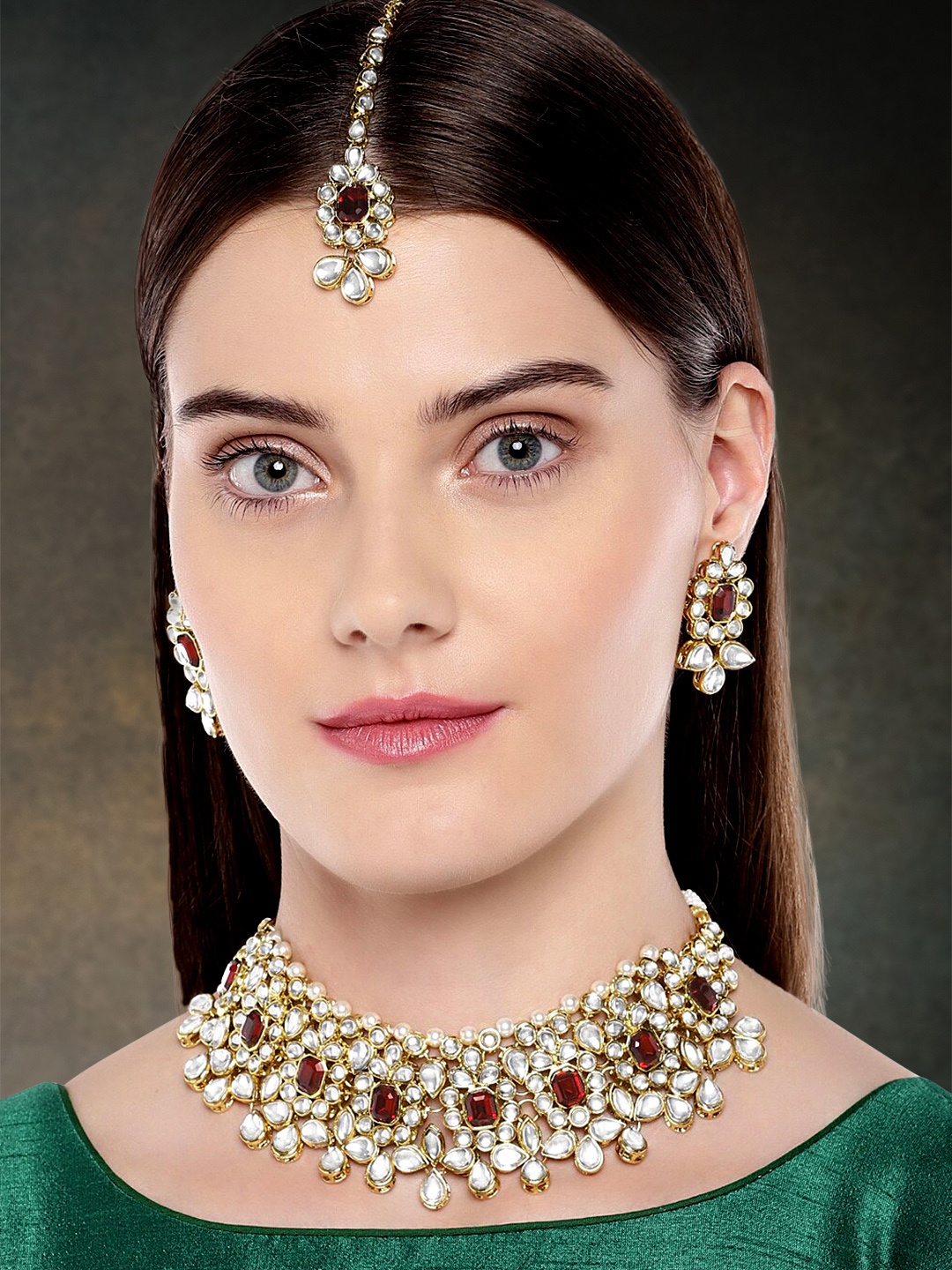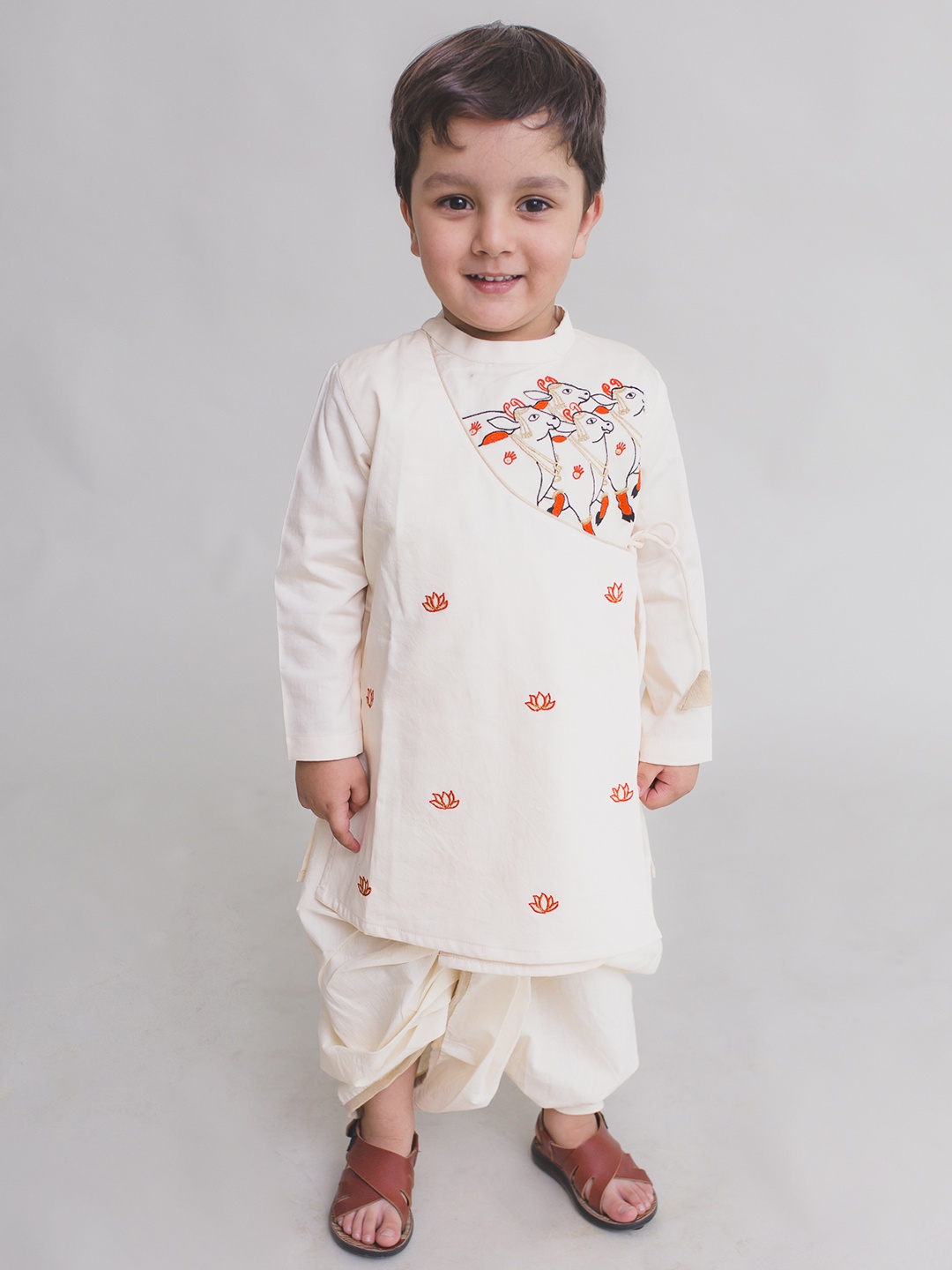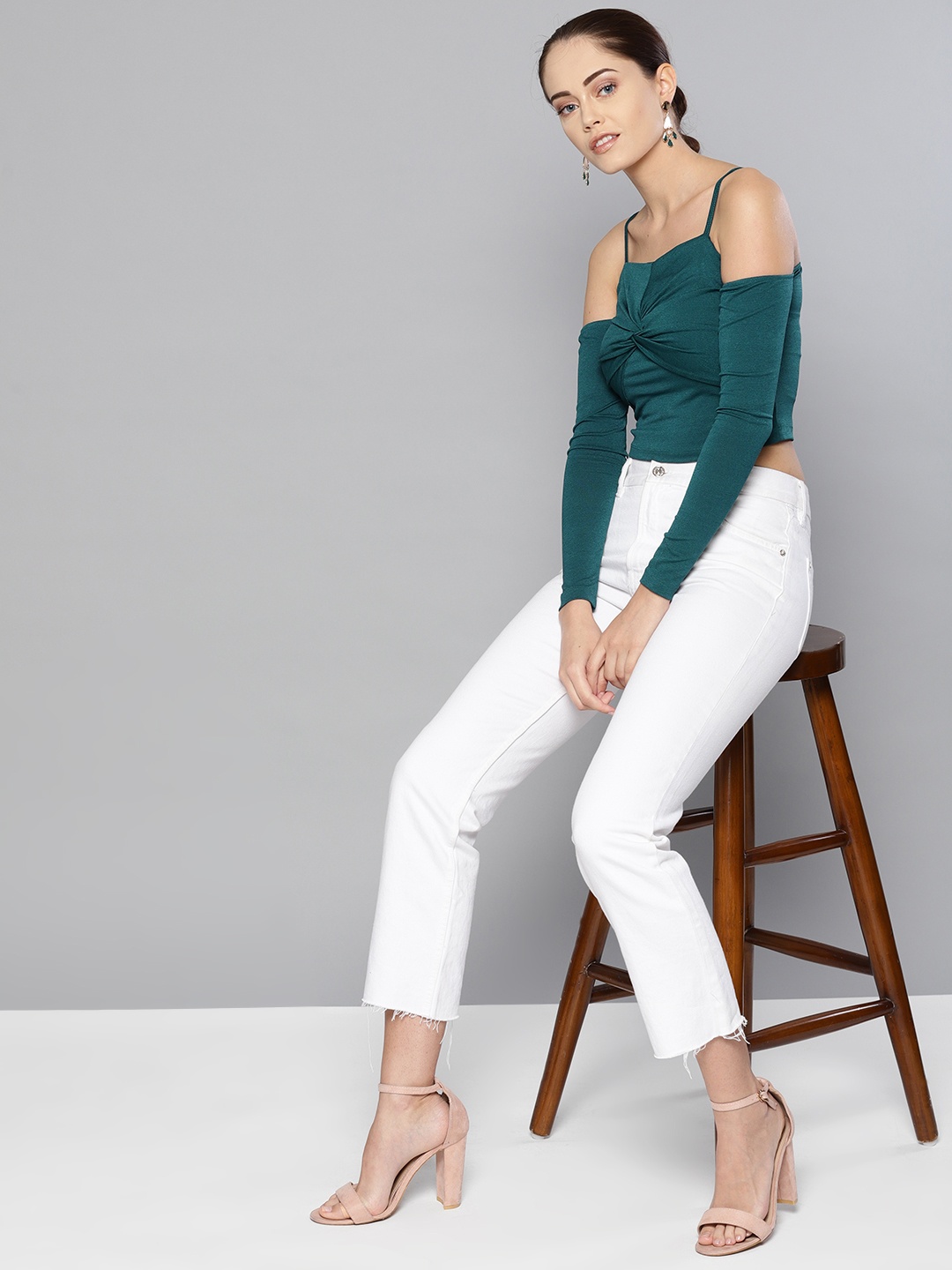How To Pick The Perfect Party Heels You Can Dance In And Still Walk The Next Day
Dancing in heels is an art, but waking up without aching feet is a blessing. Here is how to pick party heels you can actually dance in without pain the next day.

How To Pick Party Heels That Are Perfect For Dancing All Night Without Regrets The Next Day.
There's a universal truth that binds late-night partygoers, wedding guests, and cocktail-hour champions: the moment those heels come off, the relief is almost spiritual. The trouble is, by then the damage is done, blisters forming, toes throbbing, and the memory of that fabulous sangeet dance slightly soured.
It doesn't have to be this way. Picking heels you can dance in isn't witchcraft; it's knowing how to spot the right fit, height, and design before they sabotage your night. And while the runway might tempt with skyscraper stilettos, the real winners are shoes that let you groove through Gallan Goodiyan without plotting an escape to the buffet halfway through.
This is our guide on how to buy heels that love your feet back, so your only morning-after regret is eating that extra plate of biryani. Here is how to pick party heels you can actually dance in without pain the next day.

The Secret To Picking Party Heels That Will Let You Dance The Night Away And Feel Great Tomorrow; Photo Credit: Unsplash
1. Prioritise Fit Over Flair
The prettiest heels in the shop mean nothing if your toes feel like they're in a pressure cooker. Fit should always be the deal-breaker. Stand in them, walk around, and yes, try a little shimmy in the store. Feet swell slightly during the day, especially in warm weather or crowded dance floors, so always try on shoes in the afternoon or evening for a more accurate feel.
Watch out for pinching around the toe box or slipping at the heel; both can cause blisters faster than you can say “DJ, turn it up.” In many shoe stores, salespeople are used to quick trials, but it's worth taking your time. Wiggle your toes, flex your arches, and notice if your weight feels evenly distributed. If a pair feels even slightly uncomfortable now, it will feel ten times worse after two hours on a dance floor.
The golden rule: heels should fit like a supportive hug, not a tight squeeze. Leave “breaking them in” for denim, not for footwear that's going to carry you through a night of bhangra.
2. Keep Heel Height Realistic
Six-inch stilettos may look glamorous, but unless you've been training for a high-fashion catwalk, they're a recipe for an early exit. For dancing, a heel height between 2 to 3 inches is the sweet spot. It gives enough lift for elegance without forcing your feet into unnatural angles that scream for mercy.
Kitten heels, block heels, or mid-height wedges can be surprisingly flattering while letting you spin through the night without gripping a friend for balance. Even seasoned heel-wearers can benefit from a slight downgrade in height when the plan involves dancing until the DJ packs up.
A good trick is to compare how your feet feel when you stand still versus when you take a few steps. If there's a drastic shift in comfort, the height might be too ambitious. Remember, your dance partner should be the only one making you dizzy, not your footwear.
3. Choose a Supportive Base
A wide, stable base is your best friend when it comes to dancing in heels. Thin needle-point stilettos might have their moment on a red carpet, but for wedding receptions or club nights, opt for block heels, chunky platforms, or sturdy wedges.
These styles distribute your weight more evenly and reduce the strain on the balls of your feet, allowing you to glide across the floor rather than tiptoe your way through the night. A thicker heel also means less chance of getting stuck in grass, carpet, or cracks between tiles, a fate that has taken down many an enthusiastic dancer mid-performance.
Plus, stable heels help with posture, making you look poised and confident while you move. You're less likely to wobble, which means you can focus on your moves rather than plotting safe routes across the floor. In short: if your heel could double as a toothpick, it's not the one for a long night out.

Choose heels with a wide base that distribute your weight more evenly; Photo Credit: Pexels
4. Look for Padded Insoles
One of the most underrated features in heels is cushioning. Shoes with padded insoles provide a soft landing for every step, absorbing shock and reducing pressure on the delicate bones in your feet. Without it, you're essentially dancing on wood, and your body will remind you of it the next day.
Some brands make heels with memory foam or gel padding built right in, while others can be customised with slip-in cushioned insoles. This small investment can transform your experience from enduring the night to enjoying it.
If you're shopping, press your thumb against the insole. Does it feel soft and springy, or thin and unyielding? That quick test often reveals what hours of dancing will feel like. And trust, your feet will thank you when the clock hits midnight and the dance floor is still calling.
5. Pick Straps Over Slip-Ons
Slip-on pumps might be easy to wear, but they don't always hold up when you're mid-spin on the dance floor. Straps, whether ankle, T-bar, or criss-cross, give that extra layer of security, keeping your shoes exactly where they should be.
Ankle straps especially help prevent your feet from sliding forward, which can save your toes from unnecessary pressure. They also distribute movement more evenly, so your balance isn't compromised when you're doing a quick turn or sudden jump in rhythm.
Think of straps as a seatbelt for your feet: stylish, subtle, and quietly working to keep you safe while you have fun. Besides, a beautifully designed strap can be an accessory in itself, adding flair to your outfit while making sure your shoe doesn't take a flying leap during London Thumakda.
Also Read: The Art Of Walking In High Heels: Beginners Tips And Tricks To Achieve Perfect Runway Walk
6. Test the Flexibility
A heel that's too stiff can restrict your movement, making your dancing look and feel awkward. Before committing, hold the shoe in both hands and gently bend it at the toe, it should have a little give without feeling flimsy. This flexibility allows your foot to roll naturally with each step, reducing strain on your ankles and knees.
Too much rigidity can lead to that dreaded “clomp” effect, a sure sign the shoe isn't working with your body. On the other hand, a completely floppy heel won't provide enough support, which is just as risky. Aim for a balance: enough structure to hold your shape, but enough softness to keep up with your rhythm.
Shoes that move with you make the dance feel more like a conversation with the floor, instead of a constant battle to stay upright. That little detail can make the difference between lasting an hour and lasting until the last track.

Choose heels that move with your body to feel more comfortable; Photo Credit: Pexels
7. Check the Grip
Dance floors can be unpredictable, glossy tiles, polished wood, even the occasional outdoor setup with marble or stone. Heels with smooth soles are just waiting to betray you in such settings. Always check the underside for textured or rubberised grips that prevent slipping.
If your dream pair doesn't have this, you can easily stick anti-slip pads (₹150–₹300) to the sole. These are lifesavers when the DJ plays an irresistible track and the floor turns into a mini ice rink.
Grip isn't just about avoiding dramatic falls (though that's a big win), it's also about control. When you know your shoes will hold steady, you can attempt faster footwork and sharper turns without holding back. Safety, in this case, looks suspiciously like confidence.
8. Material Matters
The fabric of your heels affects not just style but comfort. Soft leathers, suede, or quality synthetics tend to mould to your foot shape over time, becoming more comfortable with each wear. Cheap, rigid materials can cause chafing and don't breathe well, leaving you with sweaty, slippery feet halfway through the night.
For humid weather, breathable linings are a blessing. Patent finishes look gorgeous but can feel unforgiving if worn for hours, so keep them for shorter events or pair them with cushioned insoles.
Also, think about maintenance, outdoor weddings on grass or dusty dance floors can ruin delicate fabrics. Pick something you can clean easily, so your heels look as fresh as your moves, even after a marathon of Desi Girl.
9. Try Before the Big Night
Never, ever debut brand-new heels on the day of your big dance session. Wear them around the house, to short outings, or during casual evenings out. This helps you identify any potential trouble spots, straps that rub, soles that slip, or heels that squeak.
Breaking them in gently allows your feet to adapt and reduces the risk of blisters on the actual night. You'll also feel more confident, knowing exactly how your heels behave when you move. It's a bit like rehearsing your dance, you wouldn't perform without practice, so don't expect your heels to perform without theirs.
If possible, test them on a similar surface to where you'll be dancing. The way shoes respond on polished marble can be very different from a wooden dance floor.

Try your heels out before the big day - put them through their paces; Photo Credit: Pexels
10. Always Have a Backup Plan
Even with all precautions, sometimes heels just… give up. A strap might break, your feet might swell unexpectedly, or the night might turn into a six-hour wedding saga instead of the three you planned for. Always carry a backup, a pair of foldable flats or low wedges tucked into your bag.
Compact and light, these lifesavers can slide into your clutch or car, ready to swoop in when needed. They also save you from the barefoot-on-the-dance-floor scenario, which might feel liberating in the moment but rarely ends well for your feet.
Think of your backup shoes as your emergency exit strategy, hopefully you won't need them, but you'll be grateful when you do.
Products Related To This Article
1. jm looks Women Heels Sandal
2. Dressberry Women Heels Sandal
3. faishstar Women Heels Sandal
4. patriarchy Women Heels Sandal
5. Inc.5 Women Heels Sandal
6. ANOUK Women's Heels Sandal
7. DROHARI Women Heels Sandal
The perfect dancing heel isn't just about aesthetics; it's about finding a partner that supports you as much as your best friend on the dance floor. From fit and height to grip and material, every detail matters when the goal is to wake up the next morning without limping to the kitchen for chai.
Choosing wisely means you can enjoy the music, the company, and the celebration without mentally counting down until you can take your shoes off. Because the best nights aren't remembered for how your feet hurt, they're remembered for how much fun you had while they didn't. Shop heels for women online.
Disclaimer: The images used in this article are for illustration purpose only. They may not be an exact representation of the products, categories and brands listed in this article.












